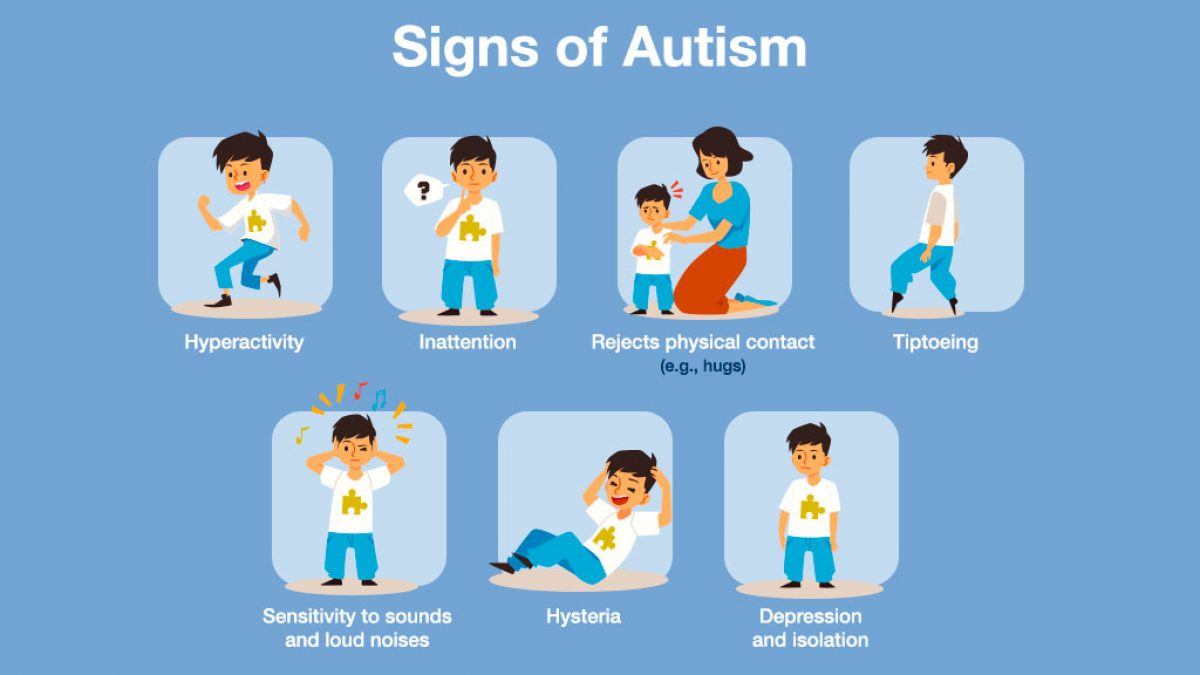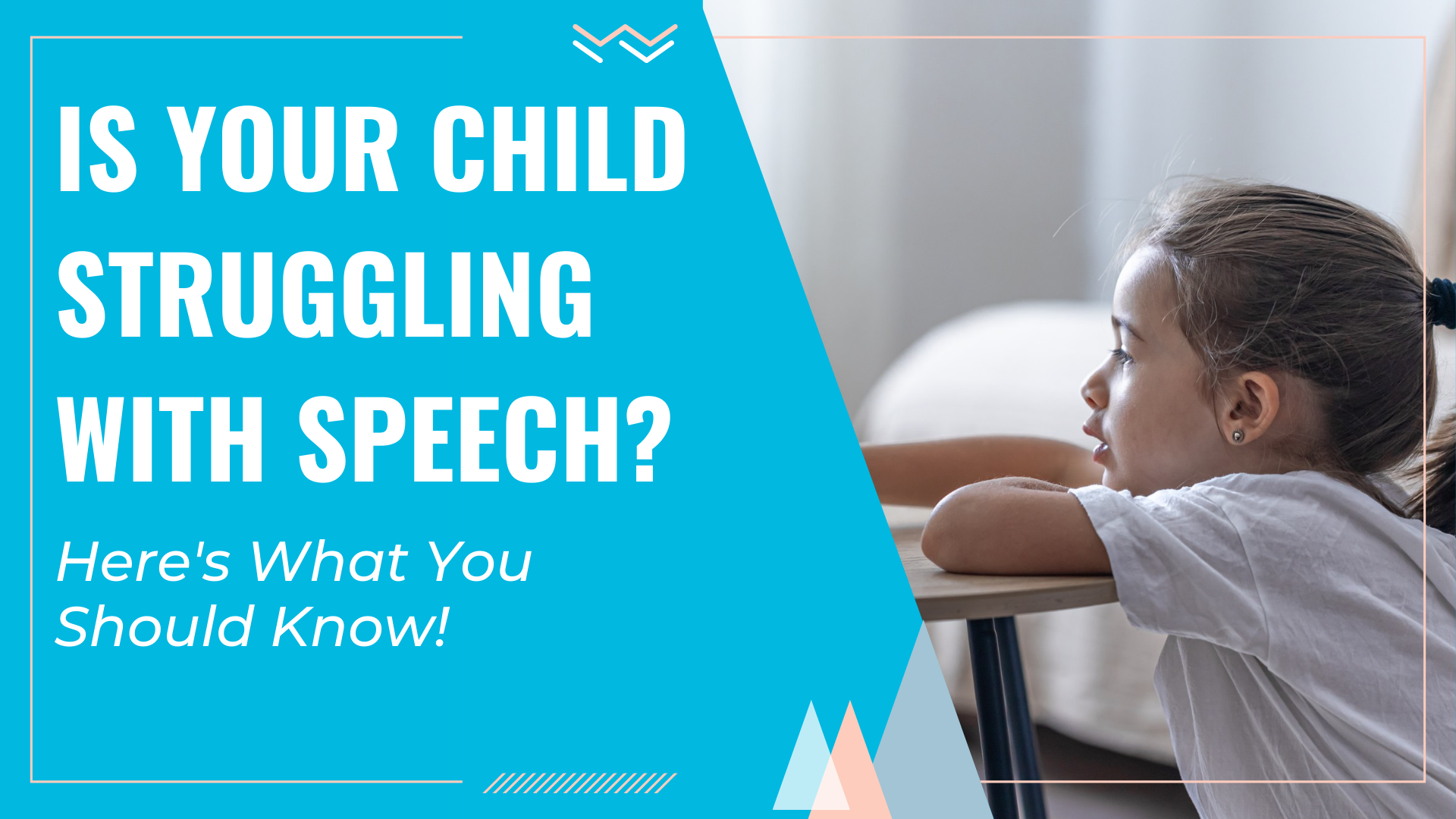Autism (Autism Spectrum Disorder) affects millions of individuals and their families worldwide, influencing how they communicate, interact, and experience the world. Understanding its signs, recognizing challenges, and exploring effective treatment approaches are essential for providing support and creating inclusive environments. Speech Therapy Uganda now delves into what it is, the latest insights, therapeutic strategies, and practical guidance to help individuals with autism thrive in daily life.
What Is Autism? – Autism Uganda and The world
Autism, formally known as Autism Spectrum Disorder (ASD), is a complex neurodevelopmental condition that influences how individuals communicate, interact socially, and process the world around them. It is described as a spectrum because it manifests differently from one person to another—while some individuals may have mild challenges and live independently, others may need significant support throughout their lives.
Autism is not a disease. It is a lifelong condition that shapes how people think. It also affects their learning and how they experience life. It also affects how they understand it and is essential for families, health professionals, educators, and communities. The Centers for Disease Control and Prevention (CDC) estimates that about 1 in 36 children in the United States is diagnosed with autism, and though figures differ globally, similar rising trends are observed worldwide, largely due to greater awareness and improved diagnostic practices.
Autism Prevalence in Uganda
Autism Spectrum Disorder (ASD) is increasingly recognized as a significant developmental concern in Uganda. Recent estimates indicate that approximately 1 in 100 children in Uganda are affected by ASD. This prevalence aligns with global trends and underscores the importance of addressing autism within the Ugandan context.
Regional Distribution
The distribution of autism cases varies across Uganda’s regions:
-
The Central region has the highest number of autistic individuals, with an estimated 106,749 cases.
-
The Eastern region follows closely with 101,334 cases.
-
The Northern region reports the lowest number, with approximately 80,705 individuals affected.
We were unable to get the statistics for Western Uganda but we believe they may not be far different. These figures highlight the need for region-specific interventions and resources to support individuals with autism.
Autism Signs and Symptoms
The signs and symptoms of autism can appear very early in life, often before the age of three, though some children may be diagnosed later, especially if their symptoms are subtle. Many children with autism experience challenges with social interactions such as difficulty maintaining eye contact, understanding social cues, or forming peer relationships.
Communication differences are also common, with some children showing delayed speech, unusual intonation, or reliance on gestures and visual communication.
Repetitive behaviors such as hand-flapping, rocking, or arranging objects in specific ways, alongside strict adherence to routines, are also notable traits. Sensory sensitivities are another hallmark of Autism Spectrum Disorder; some individuals may react strongly to lights, sounds, textures, or smells, making everyday environments overwhelming.
It is also important to understand that autism does not affect intelligence uniformly. While some individuals may face intellectual challenges, others display remarkable skills in areas like mathematics, art, memory, or music, which shows that autism can present both challenges and strengths.
Autism Early Warning Signs
Recognizing early signs is crucial for timely intervention, which can significantly improve developmental outcomes. Signs may appear as early as 6 months to 2 years, though they can vary widely from child to child.
1. Social Communication Challenges
Children with autism often show difficulties in connecting and interacting with others:
-
Limited eye contact: Avoiding or rarely making eye contact with parents or caregivers.
-
Lack of social smiling: Not smiling in response to smiles from others by around 6 months.
-
Difficulty sharing interest: Not pointing to show or share objects or experiences with others.
-
Limited response to name: Rarely responding when their name is called.
2. Speech and Language Differences
Speech development may be delayed, or children may use language in unusual ways:
-
Delayed speech: Not babbling by 12 months or using words by 16–18 months.
-
Repetitive speech patterns: Echoing words or phrases (echolalia) instead of using original speech.
-
Difficulty with gestures: Rarely using gestures like waving, pointing, or nodding.
-
Limited back-and-forth conversation: Struggling to engage in simple exchanges even if speech is present.
3. Restricted or Repetitive Behaviors
Children may engage in repetitive actions or have very specific routines:
-
Repetitive movements: Hand-flapping, rocking, spinning, or twirling objects.
-
Rigid routines: Distress when routines change or insistence on performing tasks in a specific order.
-
Narrow interests: Intense focus on certain objects, topics, or activities, often to the exclusion of others.
4. Sensory Sensitivities
Many children with autism experience unusual reactions to sensory input:
-
Hypersensitivity: Overreacting to lights, sounds, textures, or smells.
-
Hyposensitivity: Seeming indifferent to pain or temperature, or seeking intense sensory experiences.
5. Emotional and Behavioral Differences
-
Limited social reciprocity: Difficulty understanding others’ emotions or expressing their own.
-
Unusual reactions to surroundings: Anxiety, frustration, or distress in unfamiliar environments.
-
Difficulty with transitions: Trouble adapting to changes in daily routines or settings.
Key Takeaways
-
Early recognition of these signs is essential for timely intervention.
-
Signs can vary widely, and not every child with one or two of these behaviors has autism.
-
If parents or caregivers notice multiple signs, a professional evaluation by a pediatrician or developmental specialist is recommended.
Is there a vaccine for Autism
No, there is no vaccine for autism, nor is there any credible scientific evidence linking vaccines to autism.
Autism spectrum disorder (ASD) is a complex neurodevelopmental condition influenced by a combination of genetic and environmental factors. Research indicates that ASD develops from a mix of genetic influences and environmental factors, including social determinants and no vaccine can prevent it.
Autism Causes and Risk Factors
Although the exact cause of autism remains unknown, researchers agree that it results from a complex interaction of genetic and environmental factors. Certain genetic variations increase the likelihood of autism, and differences in brain development and connectivity are also observed in individuals with the condition.
Environmental influences such as complications during pregnancy or birth, low birth weight, or prenatal exposure to toxins have been linked to increased risk. However, one of the most important clarifications to make is that autism is not caused by vaccines—a misconception that has been widely debunked through extensive scientific research.
Autism and Its Relationship to Vaccines
There has been longstanding public concern about whether vaccines might cause autism, but extensive research has shown no causal link between vaccines and the development of Autism Spectrum Disorder (ASD).
The Origin of the Vaccine Myth
The misconception began in 1998 when a small study suggested a connection between the MMR (measles, mumps, rubella) vaccine and autism. The study was later retracted due to serious methodological flaws and ethical issues, and its lead author, Andrew Wakefield, was found guilty of professional misconduct. According to Wikipedia, Mr Wakefield, is an English fraudster, anti-vaccine activist, and disgraced former senior surgeon. He was struck off the medical register for “serious professional misconduct”
Scientific Evidence
Multiple large-scale studies involving hundreds of thousands of children have consistently demonstrated that vaccines do not increase the risk of autism. Research has looked at MMR vaccines, thimerosal-containing vaccines, and other routine childhood immunizations, finding no association with ASD.
-
A 2019 meta-analysis of over 1.2 million children confirmed that vaccines are safe and do not cause autism.
-
The World Health Organization (WHO), the Center for Disease Control and Prevention (CDC), and numerous pediatric and neurological organizations endorse vaccines as essential for preventing serious diseases, with no evidence of a link to autism.
Importance of Vaccination
Vaccines remain one of the most effective public health tools for preventing serious illnesses in children. Avoiding vaccines due to fears of autism puts children at risk for infections such as measles, whooping cough, and polio, which can have severe or fatal consequences to children and such myth should be treated with contempt.
Autism Diagnosis
Diagnosing autism involves careful observation and evaluation rather than a single medical test. Pediatricians often conduct developmental screenings during early check-ups to identify potential delays. When concerns arise, a comprehensive evaluation is performed by specialists such as child psychologists, neurologists, and speech and language therapists. These evaluations include behavioral assessments, communication tests, and sometimes genetic testing to confirm a diagnosis. Early diagnosis is vital because it allows children to access therapy and support during their critical developmental years, improving long-term outcomes significantly.
Treatment Approaches
Although there is no cure for autism, a wide range of treatments and interventions can help individuals manage symptoms and thrive. Behavioral and developmental therapies such as Applied Behavior Analysis (ABA) are widely used to encourage positive behaviors and minimize challenging ones.
Early intervention programs are especially important for children under five, as they boost learning, communication, and social skills at a time when the brain is most adaptable.
Autism Therapy is another useful intervention you should consider. Speech and language therapy helps individuals strengthen both verbal and nonverbal communication, while occupational therapy addresses everyday living skills like eating, dressing, and fine motor coordination, in addition to managing sensory sensitivities.
Social skills training teaches individuals how to build friendships, understand emotions, and engage in group activities, which are crucial for navigating daily life. Medication is sometimes prescribed to help manage associated symptoms like anxiety, irritability, or hyperactivity, though it does not treat autism itself.
Educational support, including structured classrooms, individualized education plans, and inclusive teaching strategies, ensures children with autism receive tailored support for academic success. Beyond professional therapies, family counseling and support groups are equally important, as they equip parents and caregivers with the tools and encouragement needed to guide their children with confidence.
Living with Autism
Living with autism requires acceptance, patience, and a focus on strengths rather than limitations. Many individuals on the spectrum pursue higher education, excel in careers, and live independently with the right support structures. Communities play a significant role by fostering inclusive spaces that accommodate differences and value diversity.
Families, too, are central to this process. By nurturing independence, celebrating achievements, and advocating for inclusive opportunities, they can empower their loved ones to thrive. Research consistently shows that early intervention makes the greatest difference, as children who receive timely support develop stronger communication skills, greater independence, and improved social relationships.
Conclusion
In conclusion, understanding autism means recognizing that it is not a one-size-fits-all condition but a spectrum of experiences and abilities. Although there is no universal treatment, a combination of therapies, educational programs, medical support, and family involvement can transform lives. Autism should not be viewed solely as a challenge but also as a unique way of experiencing the world. With greater awareness, acceptance, and investment in support systems, societies can create inclusive environments where individuals with autism are given the opportunity to reach their full potential and contribute meaningfully to the world around them.



